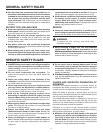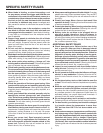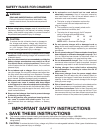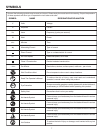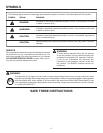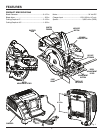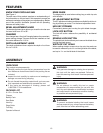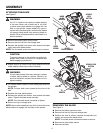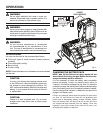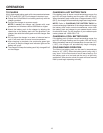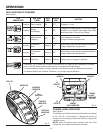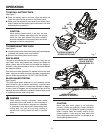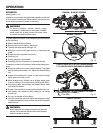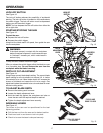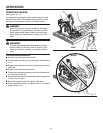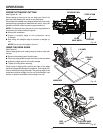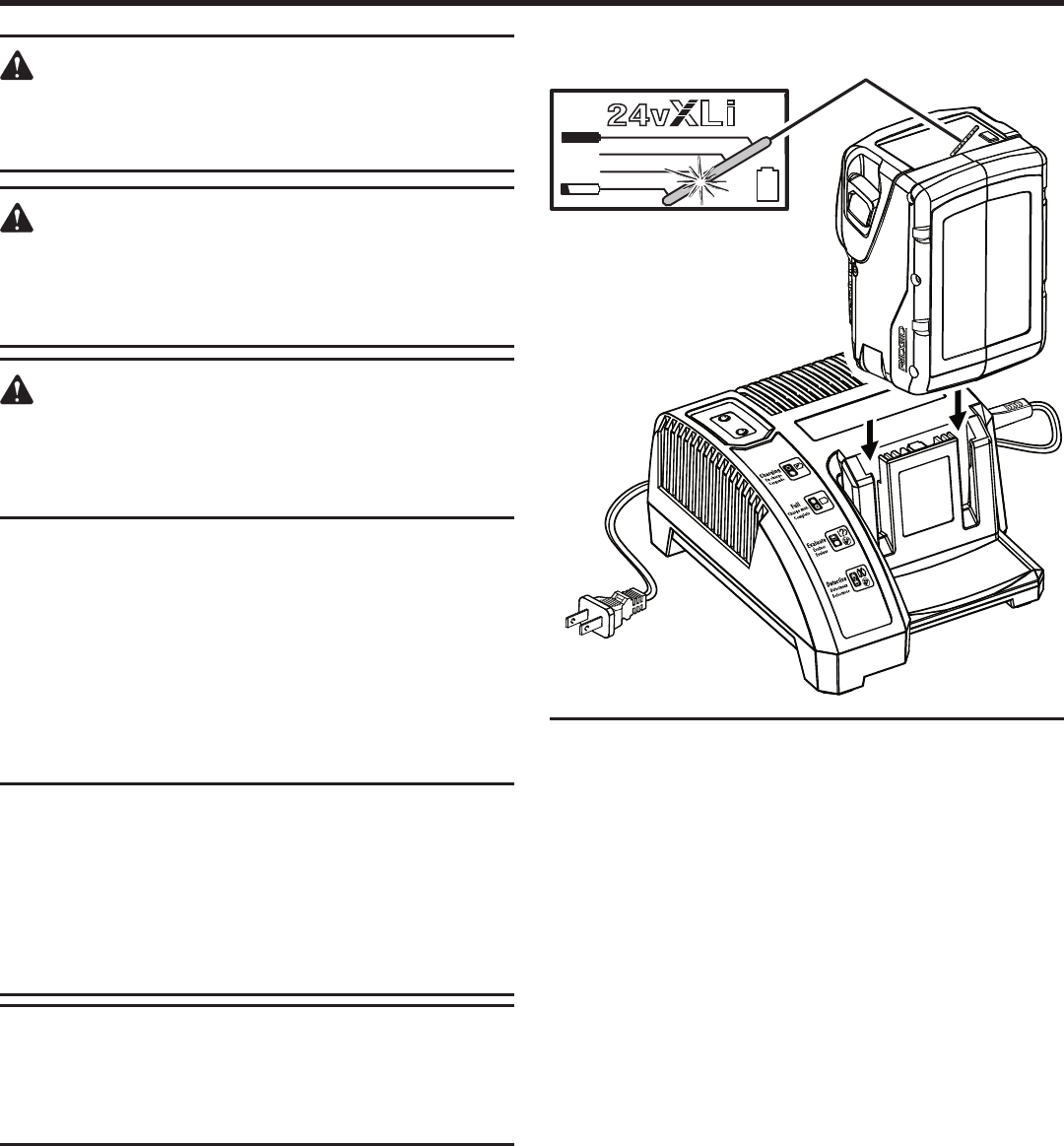
12
OPERATION
CAUTION:
If at any point during the charging process none
of the LEDs are lit, remove the battery pack from
the charger to avoid damaging the product. DO
NOT insert another battery. Return the charger and
battery to your nearest service center for service
or replacement.
CAUTION:
Charge in a well ventilated area. Do not block
charger vents. Keep them clear to allow proper
ventilation.
Fig. 4
CHARGE
LEVEL INDICATOR
24vXLi
?
WARNING:
Do not allow familiarity with tools to make you
careless. Remember that a careless fraction of a
second is sufficient to inflict severe injury.
WARNING:
Always wear safety goggles or safety glasses with
side shields when operating tools. Failure to do so
could result in objects being thrown into your eyes
resulting in possible serious injury.
WARNING:
Do not use any attachments or accessories
not recommended by the manufacturer of this
tool. The use of attachments or accessories not
recommended can result in serious personal injury.
APPLICATIONS
You may use this tool for the purposes listed below:
Cutting all types of wood products (lumber, plywood,
paneling)
Cross cutting/Rip cutting
Bevel cutting
Pocket cutting
NOTE: The use of abrasive cut-off wheels is not recommended
for this saw.
CHARGING THE BATTERY PACK
NOTE: New 24 Volt lithium-ion battery packs will not
work without first being charged. Before first time use,
charge the battery pack to activate it.
It is not necessary to drain the battery pack completely
before recharging. Lithium-ion battery packs have no
“memory” and can be recharged at any time. It is therefore
possible to charge the battery pack before extended usage
even if the battery pack is not completely drained of charge.
Use the charge level indicator to determine the amount of
charge in the battery pack.
Lithium-ion batteries deliver fade free power for their entire
run time. 24 Volt lithium-ion tools will not gradually lose
power due to decreasing battery charge. Instead, power
from the battery pack will drop from full to zero once the
full charge has been drained from the battery. Once this
happens, your tool’s power drops from full to zero, and
recharging the battery is required.



